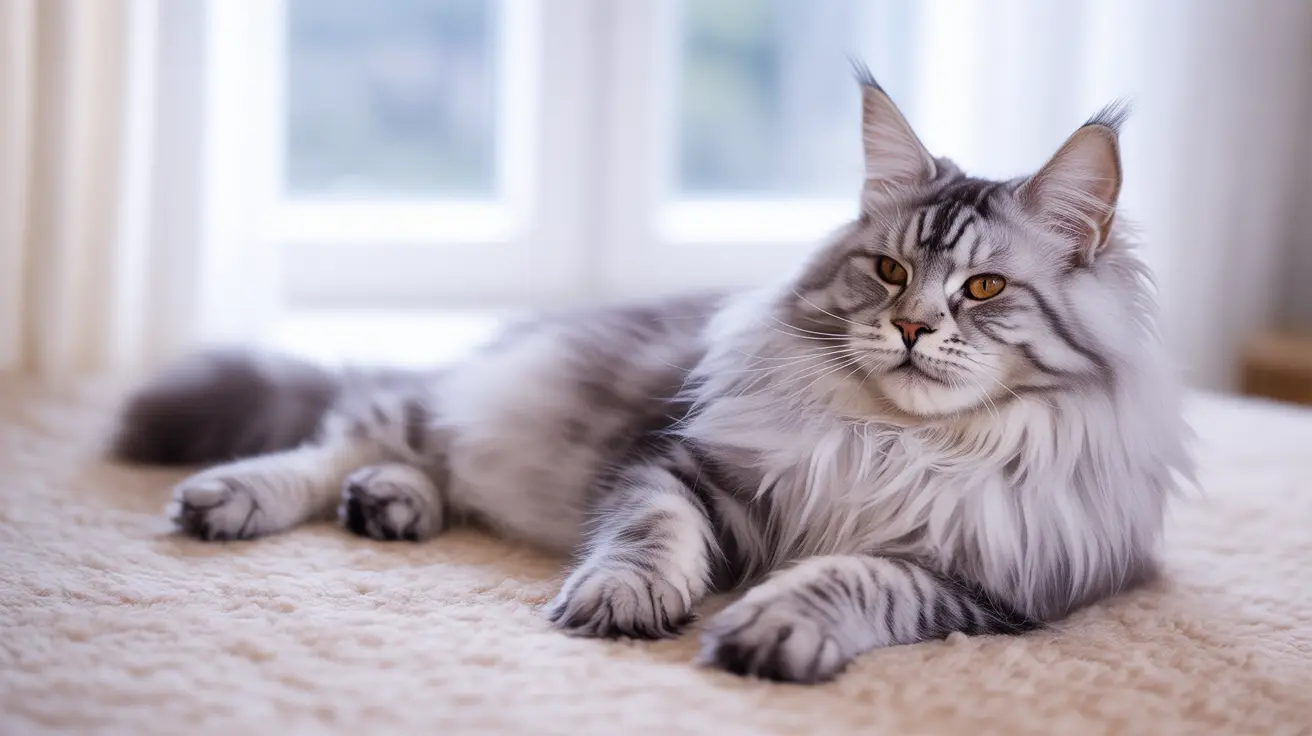Standard Cat Paw Anatomy
A normal cat's paw configuration follows a consistent pattern across all domestic cats. Each front paw has five toes, including one dewclaw, while the back paws have four toes each. This adds up to a total of 18 toes - nature's standard equipment for feline mobility and hunting.
These standard paws are perfectly designed for a cat's natural behaviors: hunting, climbing, and maintaining balance. The normal arrangement includes:
- Four weight-bearing toes on each paw
- One dewclaw on each front paw
- Retractable claws on all primary toes
- Specialized toe pads for silent movement
Understanding Polydactyl Paws
Polydactyl cats break this standard mold with their extra digits. These additional toes can appear on any paw but are most commonly found on the front paws. The extra digits can range from small, underdeveloped nubs to fully formed toes complete with claws and paw pads.
Key characteristics of polydactyl paws include:
- Six to nine toes per paw
- "Mitten-like" appearance in many cases
- Broader, larger paw surface
- Sometimes thumb-like appendages
- Potential for up to 28 total toes
Health and Care Considerations
Despite their unusual appearance, polydactyl cats generally lead normal, healthy lives. However, their unique paw structure can require special attention in certain areas:
Normal Care Requirements
- Regular nail trimming
- Routine paw pad inspection
- Standard grooming practices
Additional Polydactyl Care Needs
- More frequent nail checks for hidden or curved claws
- Extra attention to spaces between additional toes
- Monitoring for signs of ingrown nails
- Special care for any underdeveloped or malformed digits
Genetic and Historical Background
The polydactyl trait is inherited through an autosomal dominant gene, meaning only one parent needs to carry the gene for kittens to potentially develop extra toes. This genetic quirk has created fascinating populations of polydactyl cats, particularly along North America's East Coast and in parts of England.
These cats gained fame through their association with sailors (who considered them lucky) and through Ernest Hemingway's well-known collection of polydactyl cats at his Key West home.
Frequently Asked Questions
How many toes does a normal cat have compared to a polydactyl cat?
A normal cat has 18 toes total: five on each front paw and four on each back paw. Polydactyl cats can have anywhere from 22 to 28 toes in total, with up to nine toes possible on a single paw.
Are polydactyl cats healthier or more prone to paw problems than normal cats?
Polydactyl cats are generally as healthy as normal cats. However, they may require more attention to nail care and paw hygiene to prevent problems with ingrown nails or infections in their extra toes.
Can the extra toes on polydactyl cats improve their climbing or hunting abilities?
While some owners report enhanced dexterity, there's no scientific evidence that extra toes improve climbing or hunting abilities. However, the broader paws may help with balance and walking on soft surfaces like snow.
How is polydactyly inherited in cats, and can two polydactyl cats have normal-toed kittens?
Polydactyly is inherited through an autosomal dominant gene. When two polydactyl cats breed, they can produce both polydactyl and normal-toed kittens, though the majority (about 76%) will likely be polydactyl.
What special care or grooming do polydactyl cats need compared to normal-toed cats?
Polydactyl cats require more frequent nail trimming and careful inspection of their extra toes. Owners should pay special attention to keeping the spaces between toes clean and checking for any signs of ingrown nails or infection.






